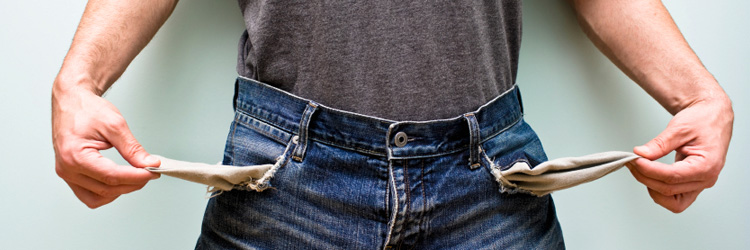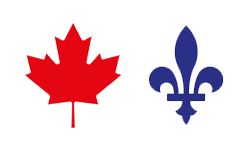If you are reading this article, it’s probably because you’re tired of being held by the throat by your debts. Are you looking to make a fresh start that will allow you to rebuild on solid grounds, without your creditors harassing you constantly?
Personal bankruptcy is the fastest and most efficient way to get rid of your debts. Bankruptcy is a legal mechanism provided by the Canadian Bankruptcy & Insolvency Law that allows an honest but unfortunate consumer, to have a second chance.
However, prior to declaring bankruptcy, it is important to consult the only professional in the field: a bankruptcy trustee. He will analyze your situation and guide you. If you can avoid bankruptcy, the trustee will tell you and explain your options.
Here are the typical steps in a personal bankruptcy:
1. Consultation with a bankruptcy trustee
At first, we will study together your financial situation to determine:
- The amount of debt you owe,
- The nature of your debts (mortgage, credit cards, personal loans, etc.),
- Your budget (a comparison of your income and your expenses),
- Your obligations (payment of alimony, support a parent, etc.),
- Any other relevant information to your unique case.
This important step will allow us to advise you and help you understand your options. The final decision is yours.
2. Declaration of bankruptcy
If you declare bankruptcy, the trustee will fill out and submit all required documents by the Office of the Superintendent of Bankruptcy Canada.
Your bankruptcy will then be formalized and from that moment on, your creditors will no longer be allowed to contact you. We will represent you in front of them.
3. Progression of the bankruptcy
During your bankruptcy, several steps are to be taken. We will stand by you as your representative throughout the process.
We will be called to liquidate some of your assets considered seizable. In some cases, no assets are seized.
During your bankruptcy you will also be asked to participate in two free consultation sessions during which issues related to consumption, budgeting, credit and personal finance in general are discussed.
Click here for more information on the bankruptcy process in details.
4. Release
Once your bankruptcy is complete (after 9 to 21 months usually), you will get your official release.
This release confirms that you are freed from your dischargeable debts. Non-dischargeable debts include recent student loans (if less than 7 years after graduation), fines, judgments and fraudulent debts.
At this stage, it is now time to rebuild your credit, which has been affected. By following our advices, it will be possible to do so quickly.
Where to start?
First, click here to get an initial consultation without charge or obligation with a bankruptcy trustee. We offer a meeting near you in the next 48 hours.



